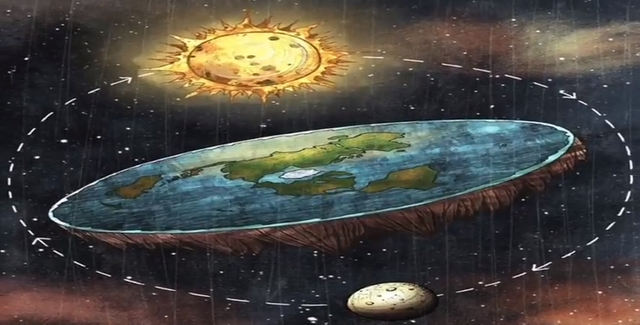Let's play your game then. So I'm in Victoria, Australia, and I think you're in New South Wales.
So let's say you were in America and staring up at the night sky. You're going to see one set of constellations.
If I were looking at the sky at the same time, firstly it would be daylight, but secondly, there would be different constellations.
If the earth were flat, then it would be daylight across the planet at the same time, and we would be staring a tthe exact same constellations.
How is it that we can have night and day at the same time on a disc? How is it that we have people in 2 different countries seeing different constellations at the same time?
... NOT NECESSARILY ... THE WIDTH MAKES IT IMPOSSIBLE ... I CAN SEE YOU'RE NOT FAMILIAR WITH THE FLAT EARTH MODEL ... AGAIN RIDICULE B4 INVESTIGATION IS THE HEIGHT OF IGNORANCE ... HERE'S A CLUE ...
Downvoting a post can decrease pending rewards and make it less visible. Common reasons:
Submit
That is truly laughable. If the sun is above the disc, there will be some level of daylight across the surface. True darkness won't happen until the sun is below the earth's surface.
Another question would be, what light is reflecting off the surface of the moon if the sun is on the other side of the disc?
You still didn't answer any of my questions. I was quite honest in asking them. Under that model, the constellations would be the same no matter where you stood on the planet. And yet they're not. Answer that.
Downvoting a post can decrease pending rewards and make it less visible. Common reasons:
Submit
Downvoting a post can decrease pending rewards and make it less visible. Common reasons:
Submit